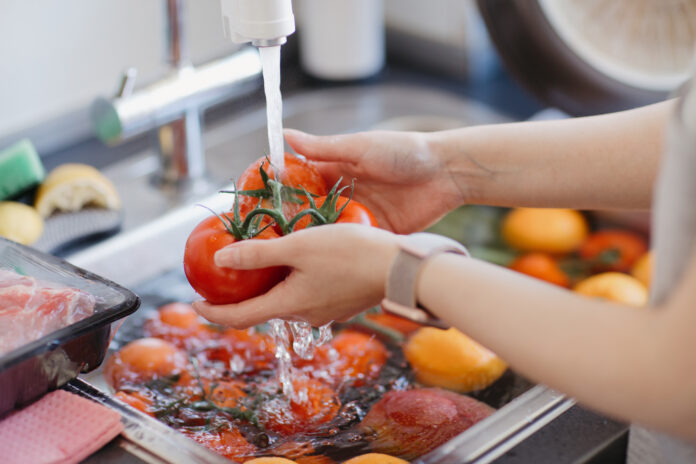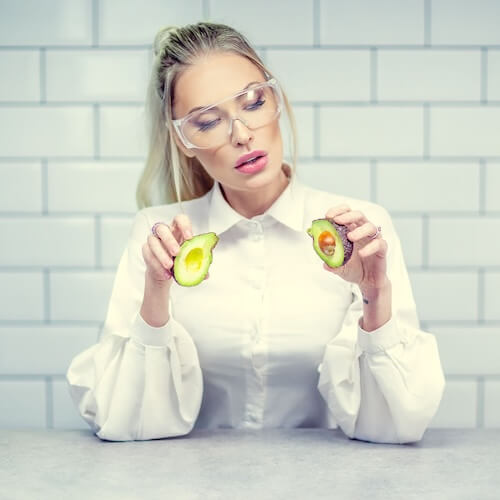Navigating the kitchen can feel like a science experiment—especially when it comes to washing food. While rinsing produce may seem instinctive, some foods actually become more hazardous when exposed to water. Here’s your definitive guide on what to wash and what to leave dry for optimal safety and flavor.
Eggs: Do Not Wash
As tempting as it may be to rinse eggs before cracking them, resist the urge! The eggshell has a natural protective coating that keeps harmful bacteria like Salmonella out. Washing can strip this protective layer and allow bacteria to penetrate the porous shell.
Fruits: Always Wash
That shiny apple? It’s not just nature’s gloss—it’s likely coated with preservatives, including paraffin (a petroleum product) or, worse, formaldehyde (yes, the same chemical used in embalming). A good rinse—or even a scrub for tougher skins—can save you from ingesting unwanted chemicals.
Vegetables: Wash Thoroughly
Vegetables are the unsung heroes of the bacterial world. Unwashed produce is a leading cause of gastrointestinal infections. Whether it’s leafy greens or root vegetables, a thorough wash is your best defense against illness.
Meat: Skip the Rinse
Washing meat might feel like the right thing to do, but it’s not. Water can spread bacteria around your kitchen surfaces, increasing the risk of contamination. Instead, rely on cooking temperatures to eliminate harmful pathogens—they won’t survive a proper sear or roast.
The Takeaway
A little knowledge goes a long way in the kitchen. Know what to rinse, what to skip, and keep your meals not only delicious but safe. Because when it comes to food hygiene, smarter choices make all the difference.
Clean eating starts before the first bite!





